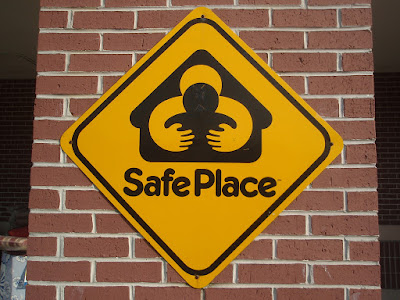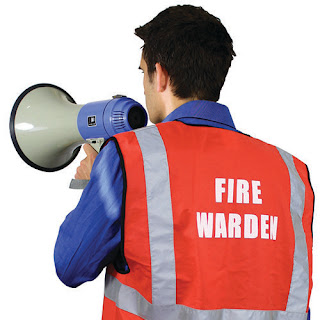Just placing a fire extinguisher at your workplace will not ensure the safety of all workers in the event of a fire. Fire safety goes far beyond having fire extinguishers on site. The company should possess a well-planned evacuation plan so that workers know how to react in the event of a fire.
 |
| Fire Safety Training |
It is the employer’s responsibility and duty to provide crucial fire safety information to their workers. It could enable the fire to be put out quickly and efficiently, and avoid major accidents, extensive damage to company property not to mention injury and possible death. Let’s talk about a few advantages of fire safety basic training at a workplace.
Develops confidence in firefighting
Fire safety education gives workers, with the knowledge, confidence to react optimistically and effectively during the event of a fire accident.
The training makes the workers aware of how fires occur and how to prevent fires from occurring. Helping them to introduce measures to reduce the risk.
Fire safety training teaches the employee procedures to protect themselves and their coworkers during an emergency.
Creates a safe place to work
A research published that if the employees’ feel unsafe in their working environment it will lead to lower levels of productivity.
 |
| Safe Place to Work |
It is due to unsettling potential hazards that they face.
By increasing or making them prepared for an emergency may help to increase employee productivity levels.
Saves your money, employee and the property
Effective fire safety training for employees makes them act more effectively in safeguarding the other employees and the property. This safeguards your employees and your company properties from severe damage and may save money.
Increase the responsibility
By designating your employees as Fire Marshall and giving them responsibility, you indirectly make everyone in charge of their own personal space.
 |
| Responsibility |
These staff will be aware of potential dangers and know how to overcome obstacles in an emergency.
This gives them a feeling of responsibility for their workplace and treats their workplace with far more respect than before.
Keeps the employee in control
Fire safety training will make employees behave rationally in an emergency. During a fire or fire drill, it is important that employees remain calm and in control, a chaotic condition may increase the risk of the situation worsening.
Training offered by leading industry in UK - http://www.veteranfiresafety.co.uk/training/fire-safety-training


















